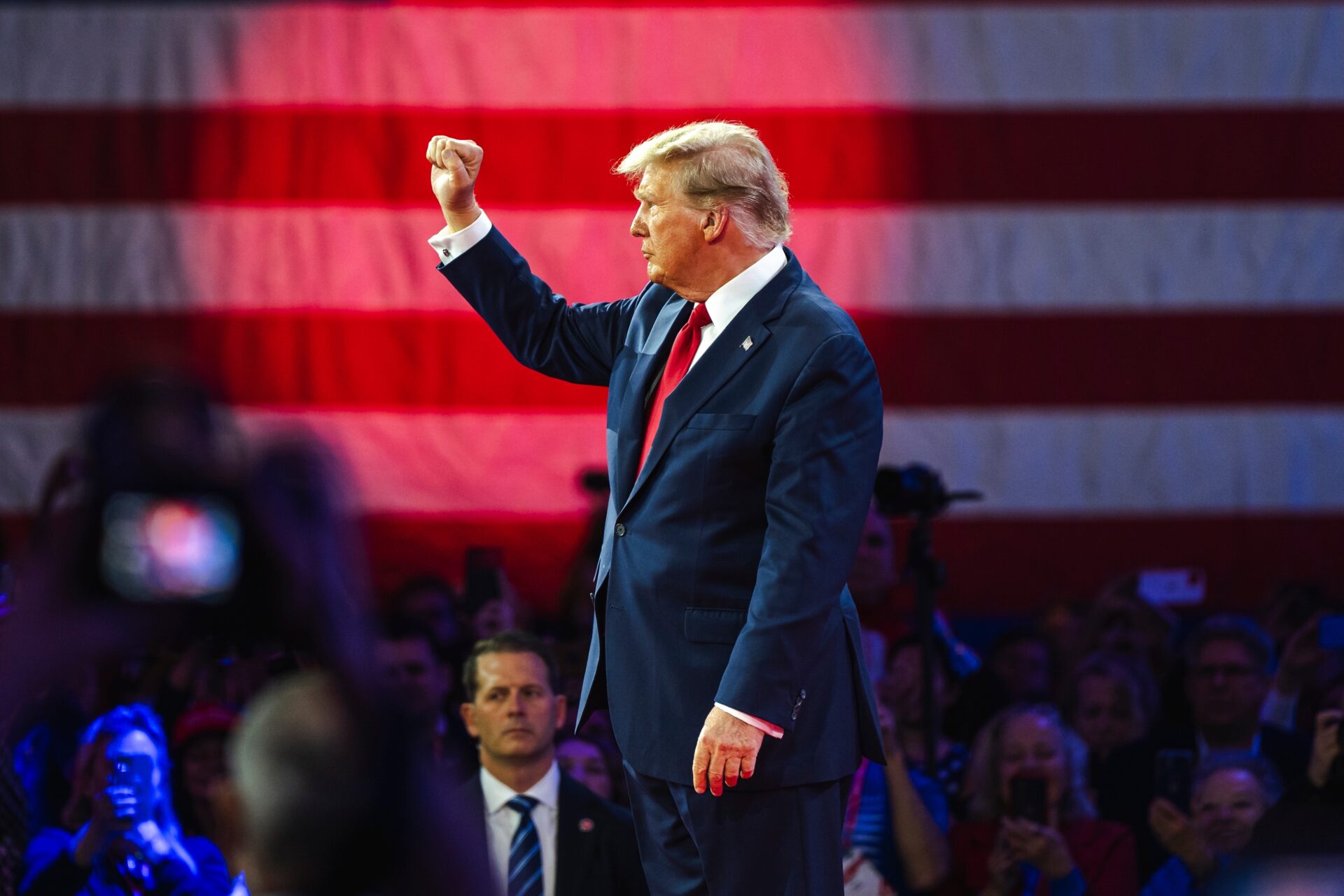In a decisive effort to reshape American education, the Trump Administration unveils a reform plan focusing on literacy and state control, a significant departure from previous federal initiatives.
At a Glance
- The executive order seeks to empower local stakeholders by improving educational outcomes.
- The plan critiques federal control, suggesting a return to state and community-led education.
- An emphasis is placed on evidence-based literacy, expanding educational options, and reducing political biases.
- The initiative marks a move away from previous diversity and inclusion standards.
A Major Shift in Education Policy
The Trump Administration, under the guidance of Secretary of Education Linda McMahon, has set forth new grant priorities that promise to redefine American education. The focus is on empowering parents, states, and communities with the autonomy needed to tailor education reforms specific to their needs. This move aims to decentralize the control that federal oversight has long imposed on the system, which is seen as ineffective by many.
The policy shift targets a return to fundamentals, specifically through evidence-based phonics to bolster reading skills, while pushing for broader educational pathways. Additionally, it lays out an administrative strategy to decrease the political influences present in educational systems and create more pragmatic learning environments.
New Priorities and Educational Choices
This strategic direction challenges prior policies by emphasizing literacy and expanding school choice, rather than focusing on divisive ideologies. Secretary McMahon has emphasized the need for “meaningful learning and expanding choice, not divisive ideologies and unproven strategies,” highlighting a clear departure from the previous administration’s priorities.
“Discretionary grants coming from the Department of Education will now be focused on meaningful learning and expanding choice, not divisive ideologies and unproven strategies.” – Linda McMahon.
Proposed options include charter schools, open enrollment, education savings accounts, and vocational training paths like apprenticeships. Such measures aim to counteract falling test scores and offer tailored educational routes to match diverse student needs while restoring state-led authority and diminishing federal bureaucracy.
Navigating Reform and Transition
The proposal goes even further by suggesting the closure of the Department of Education, advocating for a shift of power back to states and local communities. This would require a measured phase-out plan to ensure services remain uninterrupted during this transitional period. Critics of the current system argue that it has remained a bulky bureaucracy rather than a facilitator of educational excellence.
“By the authority vested in me as President by the Constitution and the laws of the United States of America, and to enable parents, teachers, and communities to best ensure student success, it is hereby ordered:” – DONALD J. TRUMP.
This significant overhaul reflects a commitment to stripping away politicized educational mandates and returning academic standards and decision-making to localized control, thereby granting states and educational institutions the opportunity to navigate their unique challenges independently.







